Hanriot HD.2 (1917)

 Naval Fighter, Marine Nationale/USN
Naval Fighter, Marine Nationale/USN
Design
About Hanriot and the HD.1
The Hanriot HD.2 was a biplane floatplane fighter aircraft developed in France in the late part of the First World War that and its design was based on that of the HD.1. The latter was the alternative to the SPAD family. Taking the follow-up lineage started by Nieuport these were radial engine models, versus the SPAD's liquid cooled inline engines. It was designed by Pierre Dupont at Hanriot (founded 1907). The company was an early provider of reconnaissance planes for the French Army back in 1911. The resemblance to Nieuport models was not fortuitous as the company hired Nieuport's former chief engineer Alfred Pagny, which designed the 1912 Hanriot, competing with Morane, Deperdussin and ... Nieuport for the next military plane. However the company failed, filed a bankrupcy and all its assets went to Ponnier. Aéroplanes Hanriot et Cie, in Levallois in 1914-15 licenced-manufactured the Sopwith 1 A.2 and Salmson 2 A.2.However things changed when Marcel Hanriot, wounded in action, joined his father at the factory and after hiring Dupont, the first, and most successful model that came of it was the fighter HD.1. Ready by June 1916 it competed against Deperdussin's SPAD VII and lost. Rejected by the French Army, Hanriot started to present it to other nations, and it was accepted in large numbers both by Belgium and Italy (Aviation Militaire Belge & Corpo Aeronautico Militare). It was inspired by the "1½" (or "W") cabane strut arrangement of the Sopwith Strutter built under licence by Hanriot. Very agile despite its 110 hp (82 kW) Le Rhone rotary engine, it soon went from a single synchronised Vickers machine gun, to two, on the side and not on the front of the pilot.
The type was also produced by the Nieuport-Macchi, Varese, Italy, which cranked up until early 1919 some 900 HD.1s, more than the parent firm and making a total of 1200. No used by the French Army it was however passed onto the French Navy, and some of these to the U.S. Navy, with many of these converted or built as floatplanes, with enlarged tail surfaces. This was the birth of the HD.2.
Hanriot HD.2 Modifications
The base HD.1 was heavily modified to become a purpose-built floatplane. For regaining stability after the removal of the land undercarriage and replacement by two floats, it was given larger tail surfaces overall and a shorter wingspan, but with greater area. It however kept the conventional single-bay configuraton of the HD.1, with staggered wings of unequal span. The prototype tested a first type of twin pontoon undercarriage but there was a small third pontoon under the tail to rest on water, and not dipping down under. However after reworking the balance, this third pontoon was discarded on production machines.Variants
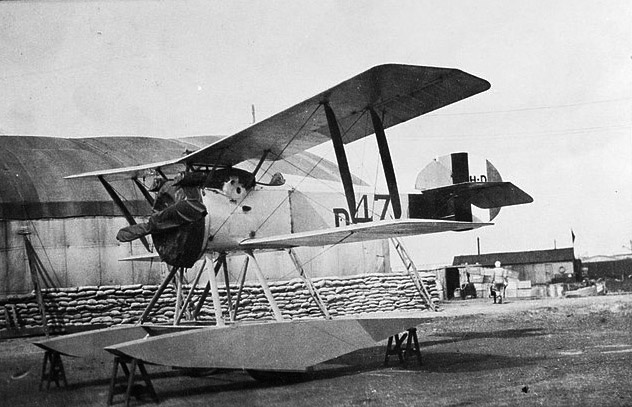
French Navy Hanriot HD.2 on beaching gear
HD.2
Main floatplane fighter with Clerget 9B engine.HD.2C
10x HD.2 with wheeled undercarriage (USN)+ 2 converted from HD.2 by French NavyHD.12
1 proto refitted with wheeled landing gear (+170-hp/127-kW Le Rhône 9R)HD.27
1 proto powered by a 180-hp (134-kW) Hispano-Suiza 8Ac engineH.29
2 protos powered by a Hispano-Suiza 8Ab engine, fitted for launch from a warship.Operational history
The HD.2 was developed specifically as an interceptor, based on the good performances of the HD.1. It was supposed to defend flying boat bases, and soon took on a more proactive role, of escort for French reconnaissance flying boats engaged in anti-submersible duties. The United States Navy bought 10 of these, but with wheeled undercarriages to be reversed as floatplanes as an option, and launched from small platforms as HD.2C.The French Marine Nationale and the United States navy used these in late 1918 for launch experiments from warships. The French indeed previous launched an HD.1 from a platform built atop "B" turret on the battleship Paris. The United States Navy replicated this by creating such platform on USS Mississippi's "B" turret as well, but launching their own HD.2C. The French Navy also converted a few HD.2s back to wheeled configuration for further trials on the aircraft carrier Béarn in 1924 when completed. This was their last use.
Use in the Marine nationale
The first Hanriot HD.2 aircraft were delivered to the naval air base in Dunkirk in October 1917. The first combat sortie was performed on 20 October by Lieutenant-Marine (French: Enseigne de Vaisseau de 1ère Classe) Raymond Dauvin, the unit's commander. The fighters' service mainly consisted of escorting the flying boats of the FBA and Donnet-Denhaut on their anti-submarine patrols. There were rare successes, such as the damage to a U-boat on 18 March 1918 by two Donnet-Denhaut boats escorted by three HD.2s, D-32, D-34 and D-35; more often the attacks were unsuccessful (e.g. on 3 February, 3 April and 24 June). On May 4, a dogfight took place over the Belgian coast between five Hanriot HD.2s and six Albatros D.IIIs from Marine Feldjagdstaffel Nr. I, ending with the Germans shooting down two French machines (D-30 and D-35) and the deaths of two pilots named Maítre and Salaün.However, the fights with German seaplanes fought on June 8, June 10 and September 16, 1918, were inconclusive. The base in Dunkirk suffered significant losses as a result of German air raids: on January 19, 1918, seven HD.2s were destroyed, and on September 17, three (serial numbers 223, 225 and 241). Several HD.2s were used to train naval pilots at bases in Saint-Raphaël and Berre-l’Étang. After the establishment of British carrier-based aviation, the French, inspired by its development, formed an air squadron equipped with HD.2 fighters on wheeled undercarriages in November 1918.
The HD.2 aircraft with wheeled undercarriage, powered by a 120 hp Le Rhône 9Jb engine, also took part in take-off tests from a platform mounted on the battleship's artillery turret. First, a mock-up of the platform was built at the airport and about 20 test flights were performed, and then a 10-meter-long target platform was mounted on turret No. 2 of the battleship "Paris" at the Arsenal in Toulon. The first successful take-off from the platform was made on 26 October 1918 by Lt. Mar. Guierre; in November, tests continued in the Bay of Corfu with the participation of Lt. Mar. Paul Teste (during one flight the aircraft had to make a forced landing, but the pilot survived).
With plans to place the platforms on the Normandie-class battleships under construction, in 1920 flights continued with the "Bapaume", equipped with a 13-meter platform placed on the bow. Experiments were also conducted with HD.2s fitted with skid undercarriages similar to those fitted to Sopwith 1½ Strutter aircraft by the Royal Naval Air Service in 1918. Several HD.2 pilots practised precision landings and hook-ups at Saint-Raphaël on a short concrete runway, nicknamed the "champagne cork", equipped with a primitive arresting device consisting of wires weighted with sandbags. The squadron commander, Lt. Mar. Teste, managed to obtain permission from the command to conduct experiments on a specially built wooden deck placed on the unfinished battleship Béarn. On 20 October 1920, Teste took off from Hyères and landed his HD.2 three times in a row on Béarn at anchor in Toulon, and in the following days Teste and other pilots made further landings on the battleship in Hanriots and Sopwiths; this success finally convinced the Minister of the Navy to complete Béarn as an aircraft carrier.
The remaining HD.2s, after the installation of wheeled undercarriage, also served in Escadrille C10 (until 1924) and in the fighter school (Ecole de chasse)]. While awaiting delivery of Morane-Saulnier MS.130s, which were not delivered until 1928, the school received eight new HD.2s in 1926, which were the last of their kind produced. Hanriot HD.2s remained in service at Saint-Raphaël until at least 1928.
Use in the USN
After the United States joined the war in 1917, a United States Navy air contingent was sent to Europe to take over 26 Hanriot HD.2 aircraft (numbered 211-220, 231-240, 244, 245, 249, 250, 252 and 258). As a result, in July 1917, pilots from the United States Navy and Marine Corps were sent to training bases in Saint-Raphaël and Hourtin. After training, the Americans were sent to the naval air base in Dunkirk, and in December 1917 the first HD.2 fighters began to arrive there by train. Ten Hanriots were assembled by 13 January 1918, but due to technical problems (including a lack of machine guns and too short floats) and enemy air raids, on 20 April the station had one HD.2 in service, compared to 12 inoperable or undergoing repairs (on 31 May seven machines were operational).
The first of some 500 sorties made by the end of the war took place on 5 May 1918. Routinely, two anti-submarine patrols were made daily, each consisting of two Donnet-Denhaut boats and three Hanriots flying about 500–1000 metres above them. Among the achievements, it should be noted that on 13 August a large submarine was damaged by one Donnet-Denhaut and two Hanriots, but most often there was no contact and the pilots sometimes attacked drifting mines (17 May) or conducted exercises (13 August). Several aircraft were lost in accidents and collisions with vessels, and several others due to engine failure.
Due to the ineffectiveness of anti-submarine patrols, some American pilots moved to the Adriatic Sea, flying there Italian Macchi M.5s, but the rest remained in Dunkirk and flew HD.2s for several months after the armistice. After the war, the Americans took 10 HD.2s to the USA, nine of which were converted into land-based aircraft designated HD.2C at the Naval Aircraft Factory in Philadelphia. Designated with serial numbers A-5620 to A-5629, they were used with Sopwith 1A2s and Nieuport 28s in various flight experiments.
Four served until 28 August 1919 at Langley Field, two at San Diego (A-5623 and A-5629), and one at Anacostia, (A-5625). A-5620 and A-5626 were tested on the seaplane tender USS Aroostook,; A-5621 and A-5622 were embarked on the battleship USS Texas, and A-5624 on the USS Mississippi, from which it took off from the platform. The last Hanriot HD.2 used in the USA was aircraft no. A-5623, written off in San Diego on August 2, 1922.
An HD.2 was ship-launched again, from a larger platform in 1924. The model was so midified it became known as the Hanriot H.29. The unorthodox launching system developed around these consisted in three small pulley-wheels installed on the undercarriage, one on each tip of the upper wing, and one at the tip of the tail fin. For the launch, they ran along metal rails attached, projecting horizontally from the mast, of the battleship Lorraine. However the HD.29 crashed at its first launch and this was not repeated. Further trials stopped.
⚙ Hanriot HD.2 specs. | |
| Empty Weight | 495 kg (1,092 lb) |
| Gross weight | 700 kg (1,540 lb) |
| Lenght | 7.00 m (23 ft) |
| Wingspan | 8.51 m (27 ft 11 in) |
| Height | 3.10 m (10 ft 2 in) |
| Wing Area | 18.4 m2 (198 sq ft) |
| Engine | Clerget 9B , 100 kW (130 hp) |
| Top Speed, sea level | 182 km/h (113 mph, 98 kn) |
| Range/Autonomy | 300 km (186 mi, 162 nmi) |
| Ceiling | 4,800 m (15,750 ft) |
| Armament | 2× fixed fwd .303 Vickers machine guns |
| Crew | One pilot |
Gallery
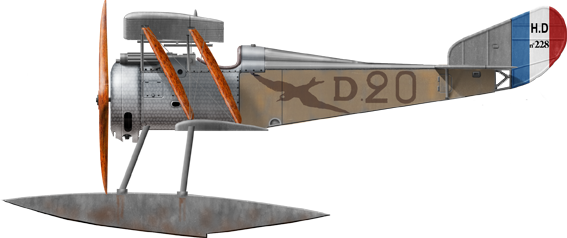
HD.2 used by the Marine Nationale, 1918, note the original HD.1 tail.
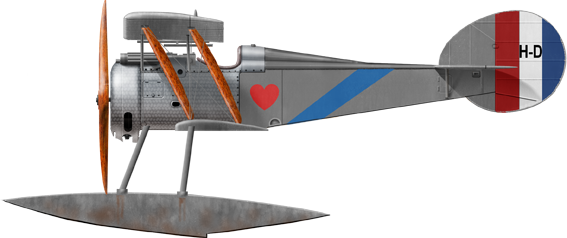
HD.2 the the USN in 1918, before conversion, note the enlarged tail for stability.
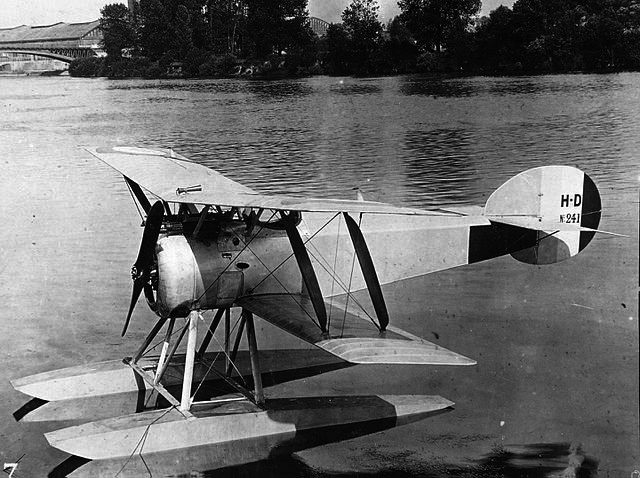
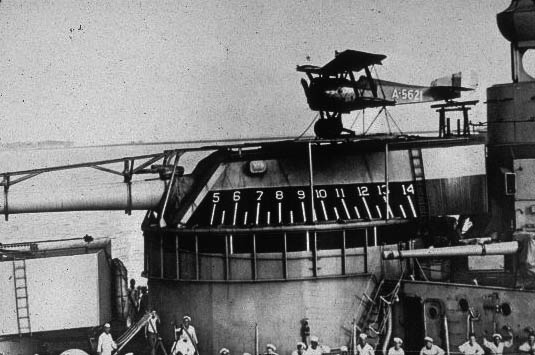
Taking off from USS Mississipi's turret
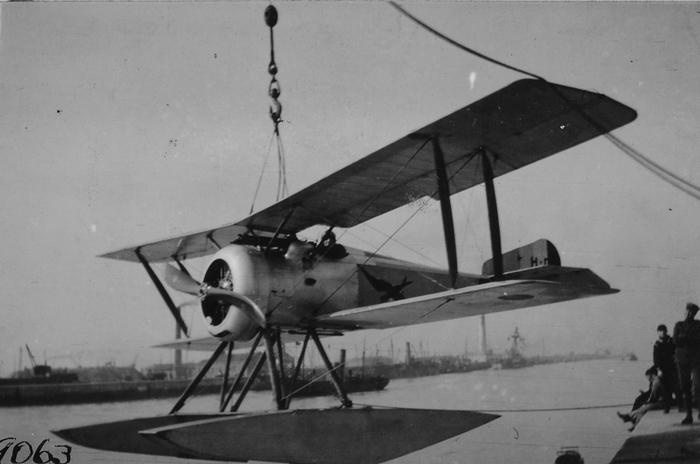
USN HD.2, NARA
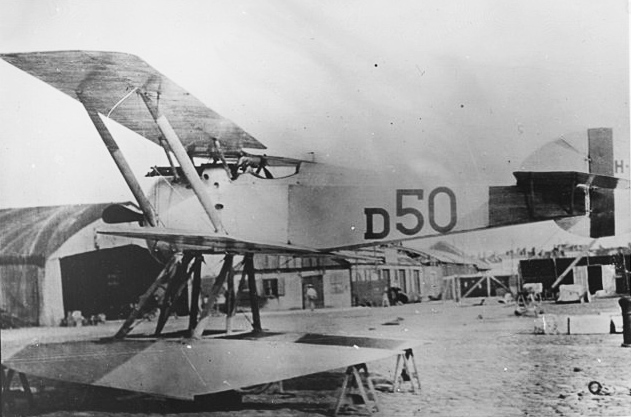
USN HD.2, NARA
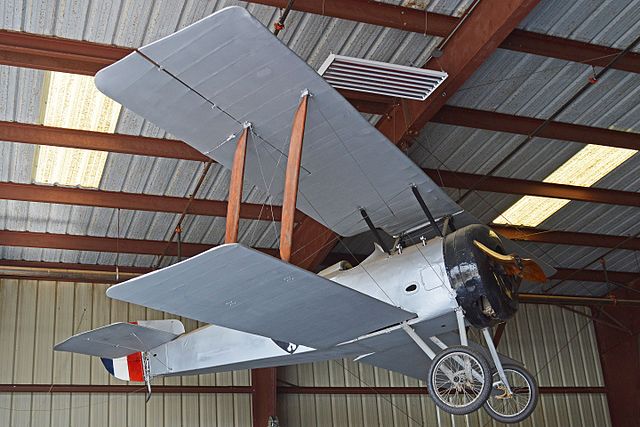
USN HD.2C
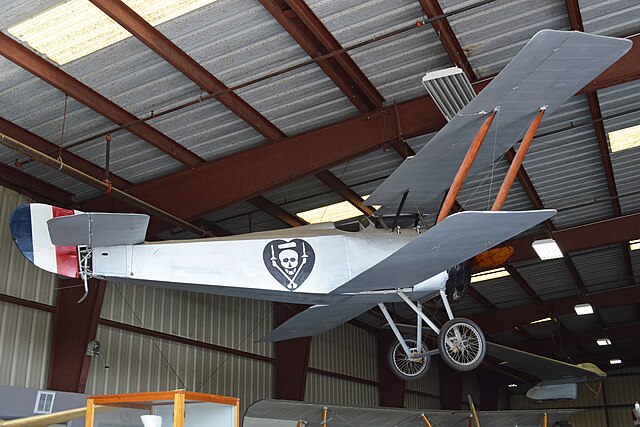
USN HD.2C
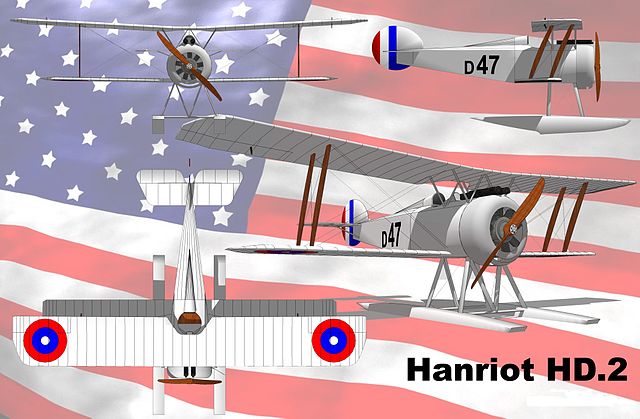
3 views CC
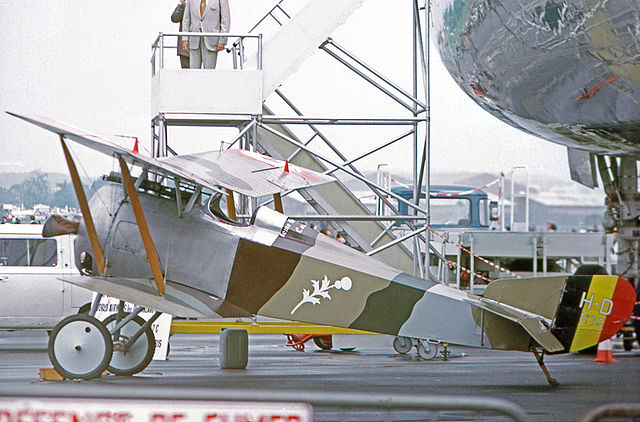
The inspirator: HD.1 of the 75th RBAF.
Read More/SRC
Taylor, Michael J. H. (1989). Jane's Encyclopedia of Aviation. London: Studio Editions. p. 469.World Aircraft Information Files. London: Bright Star Publishing. pp. File 896 Sheet 11.
Gregory Alegi: Hanriot HD.1/HD.2. Berkhamsted: Albatros Productions Ltd., 2002, series: Windsock Datafile
Andrei Haruk: Истребители Первой Мировой Войны. Bole 100 types of combat aircraft. Moscow 2014
James J. Davilla, Arthur M. Soltan: French Aircraft of the First World War. Stratford, Connecticut: Flying Machines Press 1997.
William Green, Gordon Swanborough: The Complete Book of Fighters. New York: Smithmark, 1995.
Jane’s Encyclopedia of Aviation. Michael J.H. Taylor (ed.). London: Studio Editions, 1989.
Zbigniew Jankiewicz, Julian Malejko: Military Aircraft and Helicopters – Letters F–H. Vol. 8. Bellona 1994
Volker Nemsch: Die Fliegerei des Ersten Weltkrieges. Germany: QAU, 2003.
airwar.ru
navsource.org
usni.org french connection
militaryfactory.com
theaerodrome.com
history.navy.mil
On hanriot
Hanriot HD.1
wikipedia: HD.2
Model Kit eduard
- Lohner E (1913)
- Macchi M3 (1916)
- Macchi M5 (1918)
- Ansaldo ISVA (1918)
- Sopwith Baby (1916)
- Short 184 (1916)
- Fairey Campania (1917)
- Sopwith Cuckoo (1917)
- Felixstowe F.2 (1917)
- Friedrichshafen FF 33 (1916)
- Albatros W4 (1916)
- Albatros W8 (1918)
- Hanriot HD.2
- Grigorovitch M5
- IJN Farman MF.7
- IJN Yokosho Type Mo
- Yokosho Rogou Kougata (1917)
- Yokosuka Igo-Ko (1920)
- Curtiss N9 (1916)
- Aeromarine 39
- Vought VE-7
- Douglas DT (1921)
- Boeing FB.5 (1923)
- Boeing F4B (1928)
- Vought O2U/O3U Corsair (1928)
- Supermarine Seagull (1922)
- Blackburn Ripon (1926)
- Fairey IIIF (1927)
- Fairey Seal (1930)
- LGL-32 C.1 (1927)
- Caspar U1 (1921)
- Dornier Do J Wal (1922)
- Rohrbach R-III (1924)
- Mitsubishi 1MF (1923)
- Mitsubishi B1M (1923)
- Yokosuka E1Y (1923)
- Nakajima A1N (1927)
- Nakajima E2N (1927)
- Mitsubishi B2M (1927)
- Nakajima A4N (1929)
- CANT 18
WW1
✠ K.u.K. Seefliegerkorps:
 Italian Naval Aviation
Italian Naval Aviation
 RNAS
RNAS
 Marineflieger
Marineflieger
 French Naval Aviation
French Naval Aviation
 Russian Naval Aviation
Russian Naval Aviation
 IJN Air Service
IJN Air Service
 USA
USA
Interwar
 Interwar US
Interwar US
 Interwar Britain
Interwar Britain
 Interwar France
Interwar France
 Interwar Germany
Interwar Germany
 Interwar Japan
Interwar Japan
 Interwar Italy
Interwar Italy
- Curtiss SOC seagull (1934)
- Grumman FF (1931)
- Curtiss F11C Goshawk (1932)
- Grumman F2F (1933)
- Grumman F3F (1935)
- Northrop BT-1 (1935)
- Grumman J2F Duck (1936)
- Consolidated PBY Catalina (1935)
- Brewster/NAF SBN-1 (1936)
- Curtiss SBC Helldiver (1936)
- Vought SB2U Vindicator (1936)
- Brewster F2A Buffalo (1937)
- Douglas TBD Devastator (1937)
- Vought Kingfisher (1938)
- Curtiss SO3C Seamew (1939)
- Douglas SBD Dauntless (1939)
- Grumman F4F Wildcat (1940)
- F4U Corsair (NE) (1940)
- Brewster SB2A Buccaneer (1941)
- Grumman TBF/TBM Avenger (1941)
- Consolidated TBY Sea Wolf (1941)
- Grumman F6F Hellcat (1942)
- Curtiss SB2C Helldiver (1942)
- Curtiss SC Seahawk (1944)
- Grumman F8F Bearcat (1944)
- Ryan FR-1 Fireball (1944)
- Douglas AD-1 Skyraider (1945)
Fleet Air Arm
- Fairey Swordfish (1934)
- Blackburn Shark (1934)
- Supermarine Walrus (1936)
- Fairey Seafox (1936)
- Blackburn Skua (1937)
- Short Sunderland (1937)
- Blackburn Roc (1938)
- Fairey Albacore (1940)
- Fairey Fulmar (1940)
- Grumman Martlet (1941)
- Hawker sea Hurricane (1941)
- Brewster Bermuda (1942)
- Fairey Barracuda (1943)
- Fairey Firefly (1943)
- Grumman Tarpon (1943)
- Grumman Gannet (1943)
- Supermarine seafire (1943)
- Blackburn Firebrand (1944)
- Hawker Sea Fury (1944)
IJN aviation
- Aichi D1A "Susie" (1934)
- Mitsubishi A5M "Claude" (1935)
- Nakajima A4N (1935)
- Yokosuka B4Y "Jean" (1935)
- Mitsubishi G3M "Nell" (1935)
- Nakajima E8N "Dave" (1935)
- Kawanishi E7K "Alf" (1935)
- Nakajima B5N "Kate" (1937)
- Kawanishi H6K "Mavis" (1938)
- Aichi D3A "Val" (1940)
- Mitsubishi A6M "zeke" (1940)
- Nakajima E14Y "Glen" (1941)
- Nakajima B6N "Jill" (1941)
- Mitsubishi F1M "pete" (1941)
- Aichi E13A Reisu "Jake" (1941)
- Kawanishi E15K Shiun "Norm" (1941)
- Nakajima C6N Saiun "Myrt" (1942)
- Yokosuka D4Y "Judy" (1942)
- Kyushu Q1W Tokai "Lorna" (1944)
Luftwaffe
- Arado 196 (1937)
- Me109 T (1938)
- Blohm & Voss 138 Seedrache (1940)
Italian Aviation
- Savoia-Marchetti S.55
- IMAM Ro.43/44
- CANT Z.501 Gabbiano
- CANT Z.506 Airone
- CANT Z.508
- CANT Z.511
French Aeronavale
- GL.300 (1926-39)
- Levasseur PL.5 (1927)
- Potez 452 (1935)
- Loire 210 (1936)
- Loire 130 (1937)
- LN 401 (1938)
Soviet Naval Aviation
- Shavrov SH-2 (1928)
- Tupolev TB-1P (1931)
- Beriev MBR-2 (1930)
- Tupolev MR-6 (1933)
- Tupolev MTB-1 (1934)
- Beriev Be-2 (1936)
- Polikarpov I16 naval (1936)
- Tupolev MTB-2 (1937)
- Ilyushine DB-3T/TP (1937)
- Beriev Be-4 (1940)
-
Skoda Š-328V
R-XIII Idro
Fokker C.XI W (1934)
WW2
- De Havilland Sea Vixen
- Hawker Sea Hawk
- Supermarine Scimitar
- Blackburn Buccaneer
- Hawker Sea Harrier
- Douglas A4 Skyhawk
- Grumman F9F Panther
- Vought F8 Crusader
- McDonnell-Douglas F-4 Phantom-II
- North Am. A5 Vigilante
- TU-142
- Yak 38 forger
☢ Cold War
✧ NATO
 Fleet Air Arm
Fleet Air Arm
 US Navy
US Navy
☭ Warsaw Pact
Merch
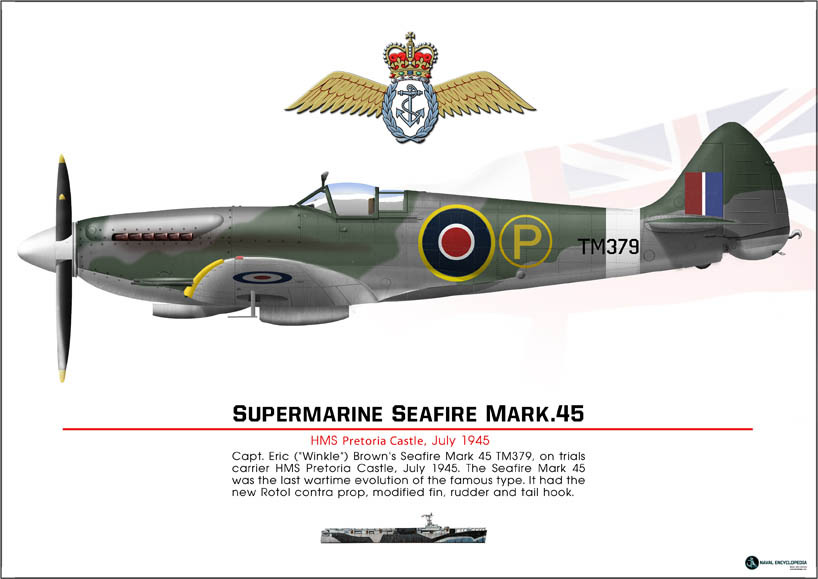
Seafire Mark 45; HMS Pretoria Castle
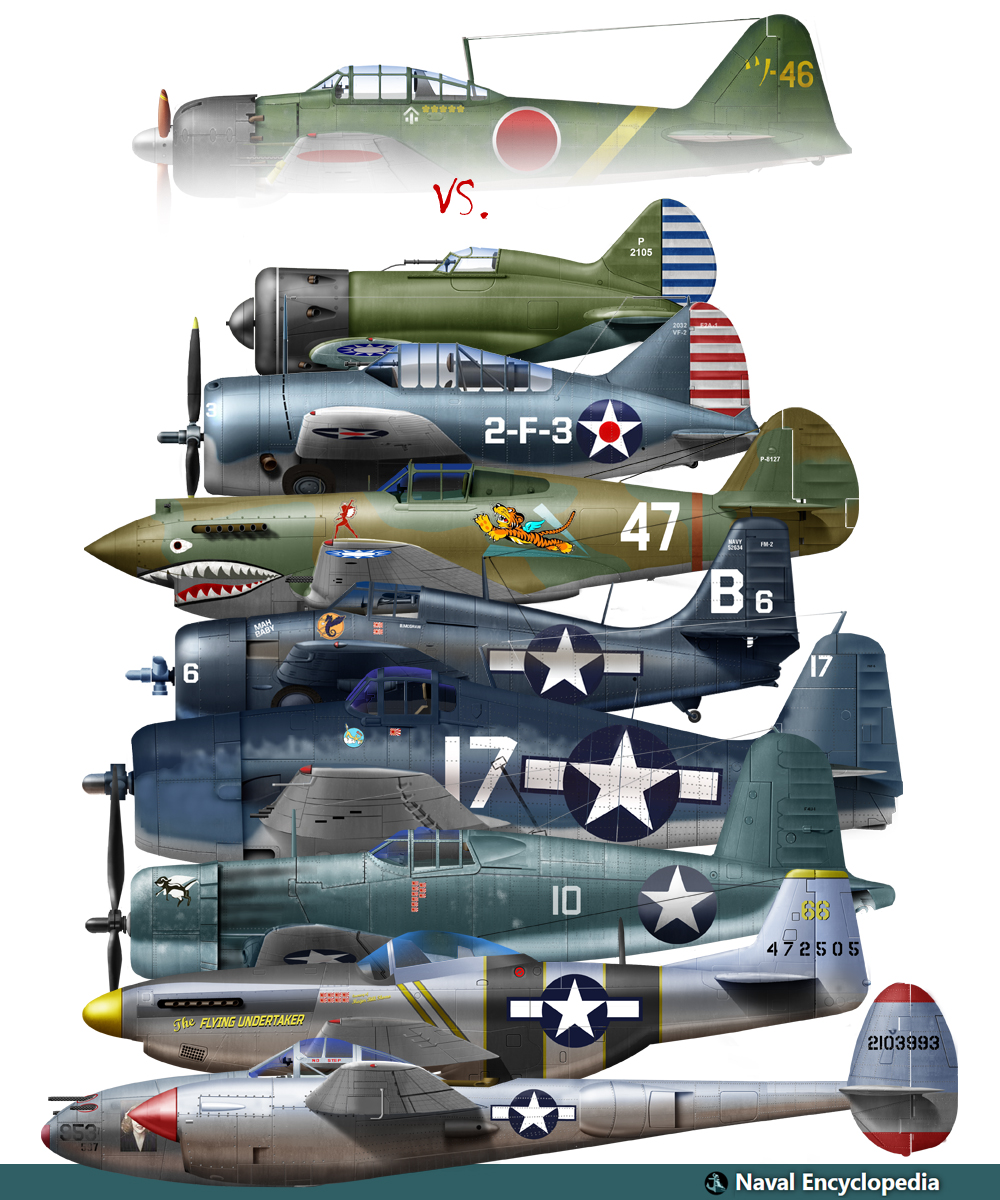
Zeros vs its aversaries
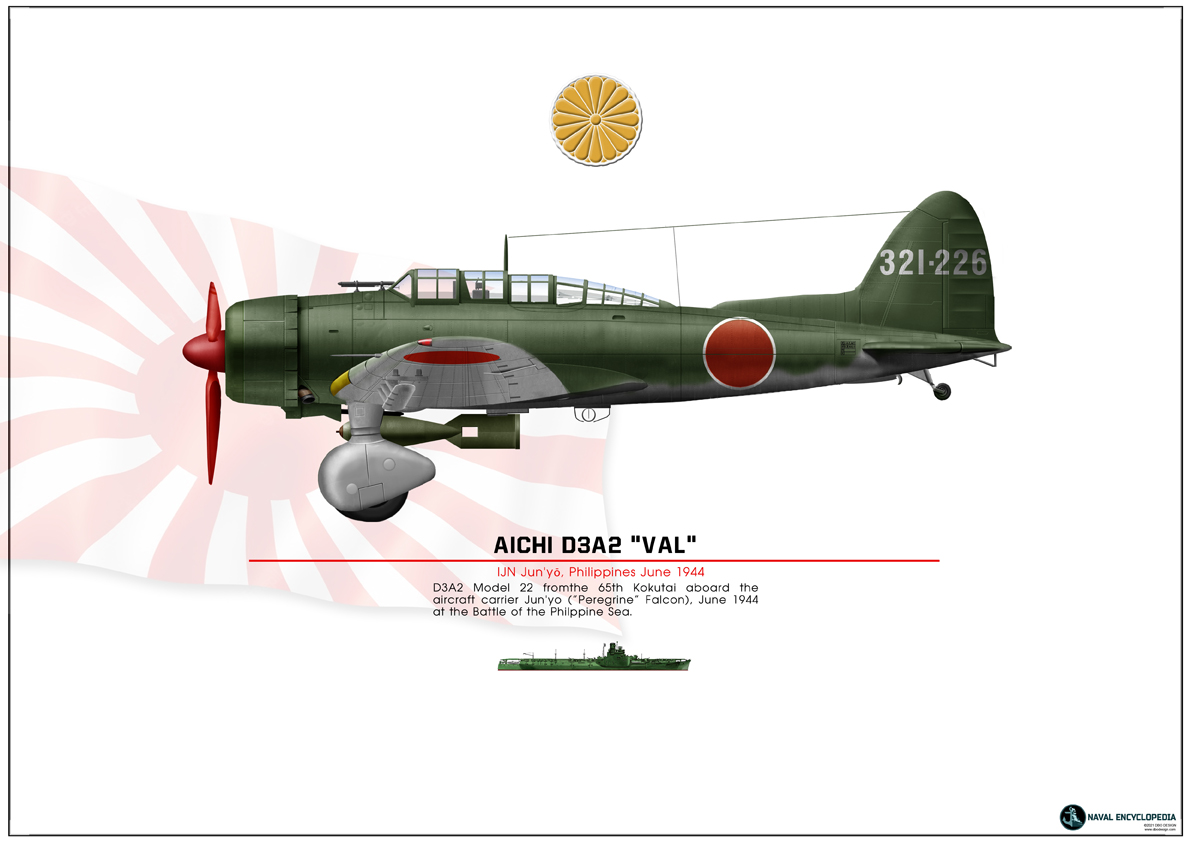
Aichi D3A “Val” Junyo
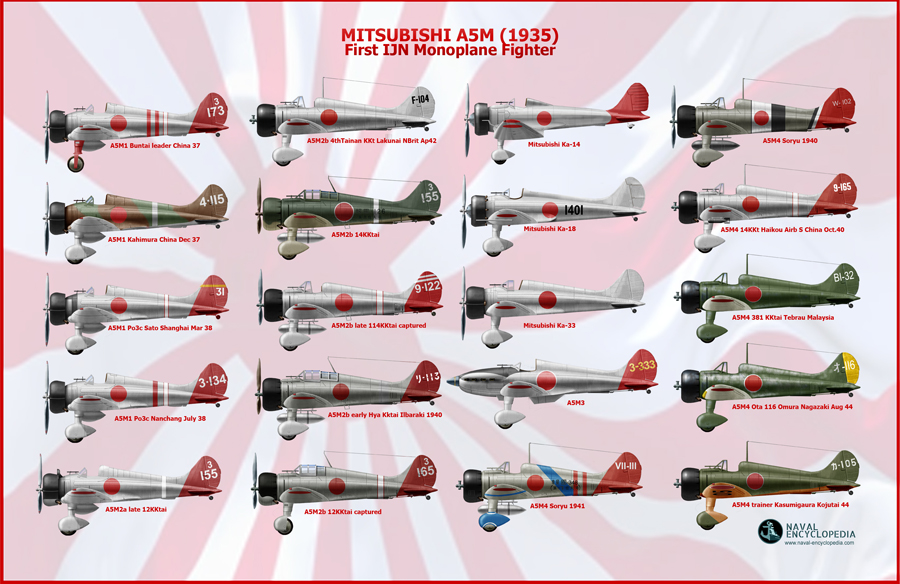
Mitsubishi A5M poster
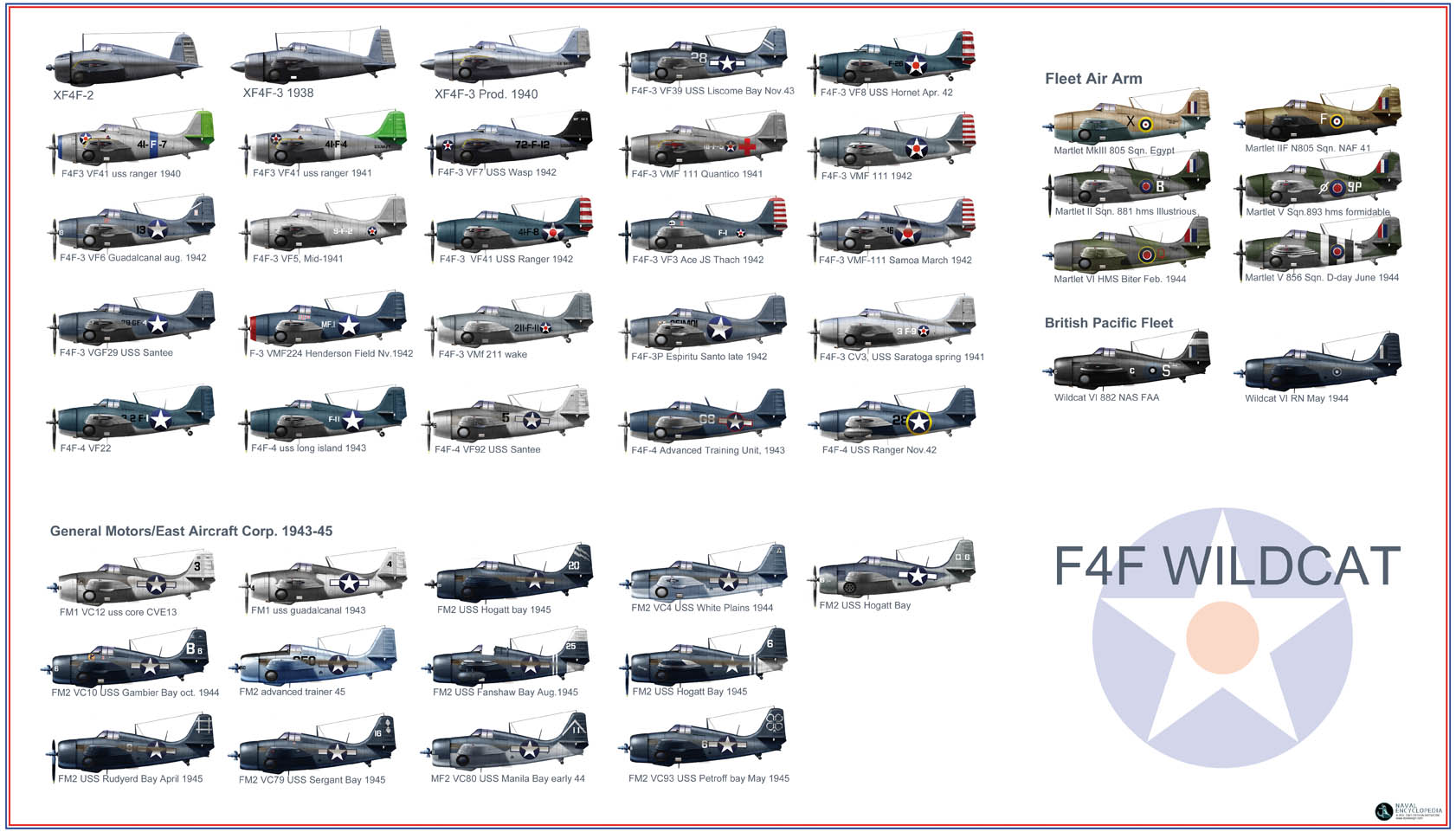
F4F wildcat
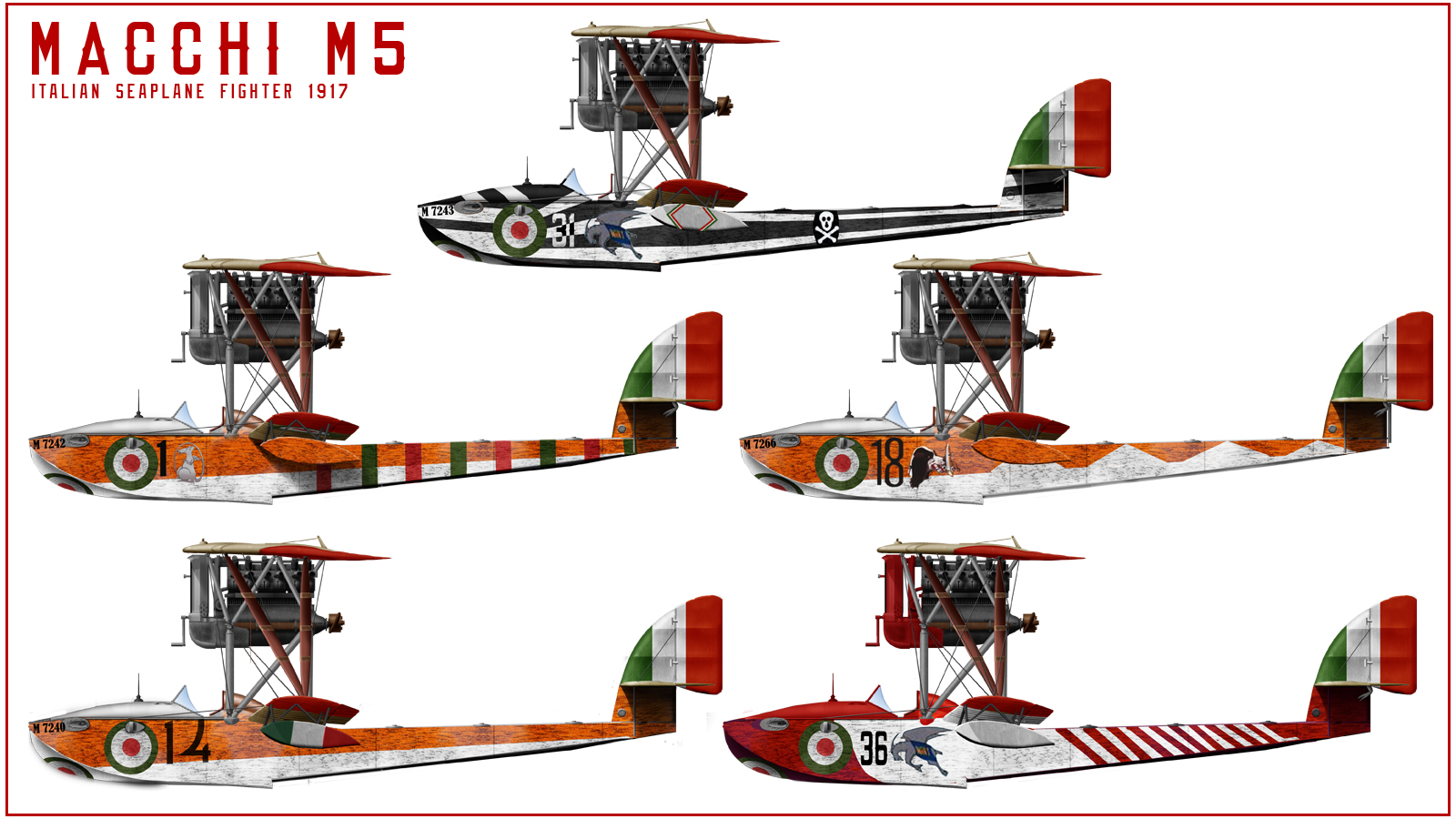
Macchi M5
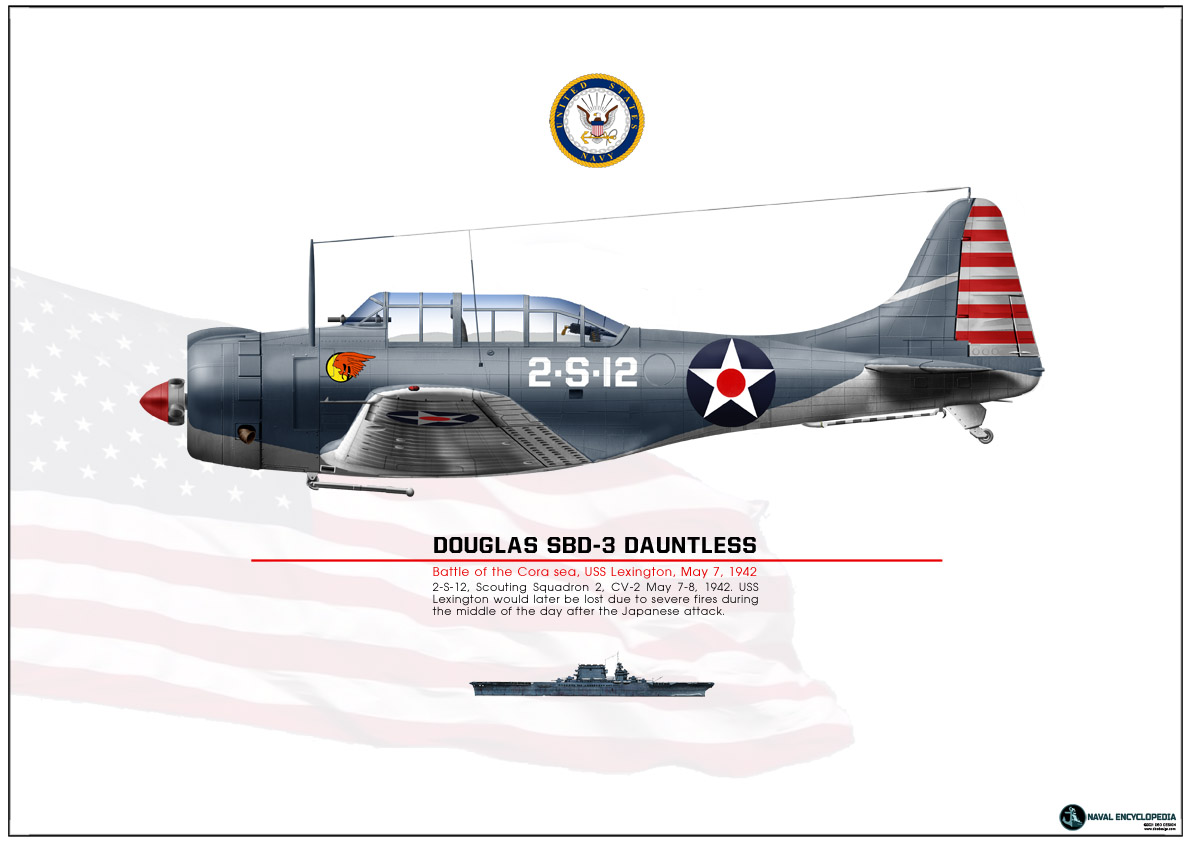
SBD Dauntless Coral Sea
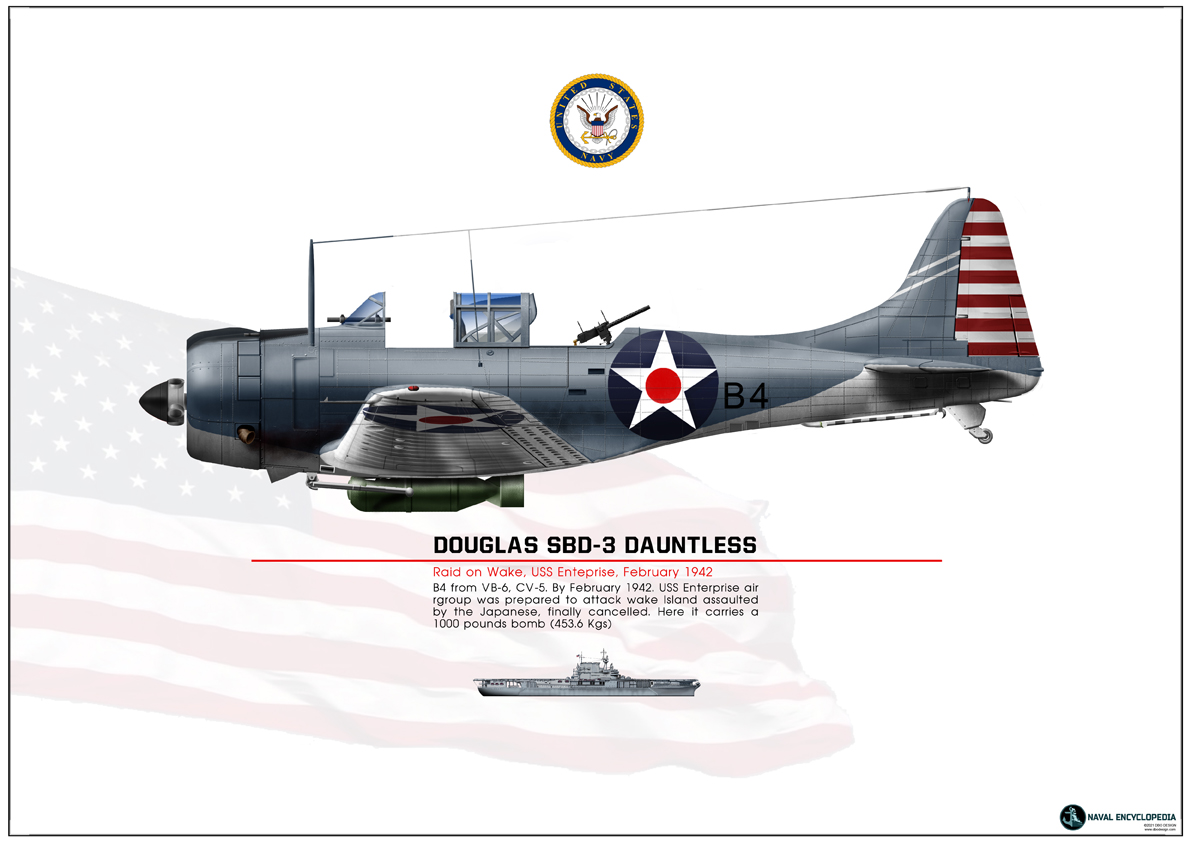
SBD Dauntless USS Enterprise
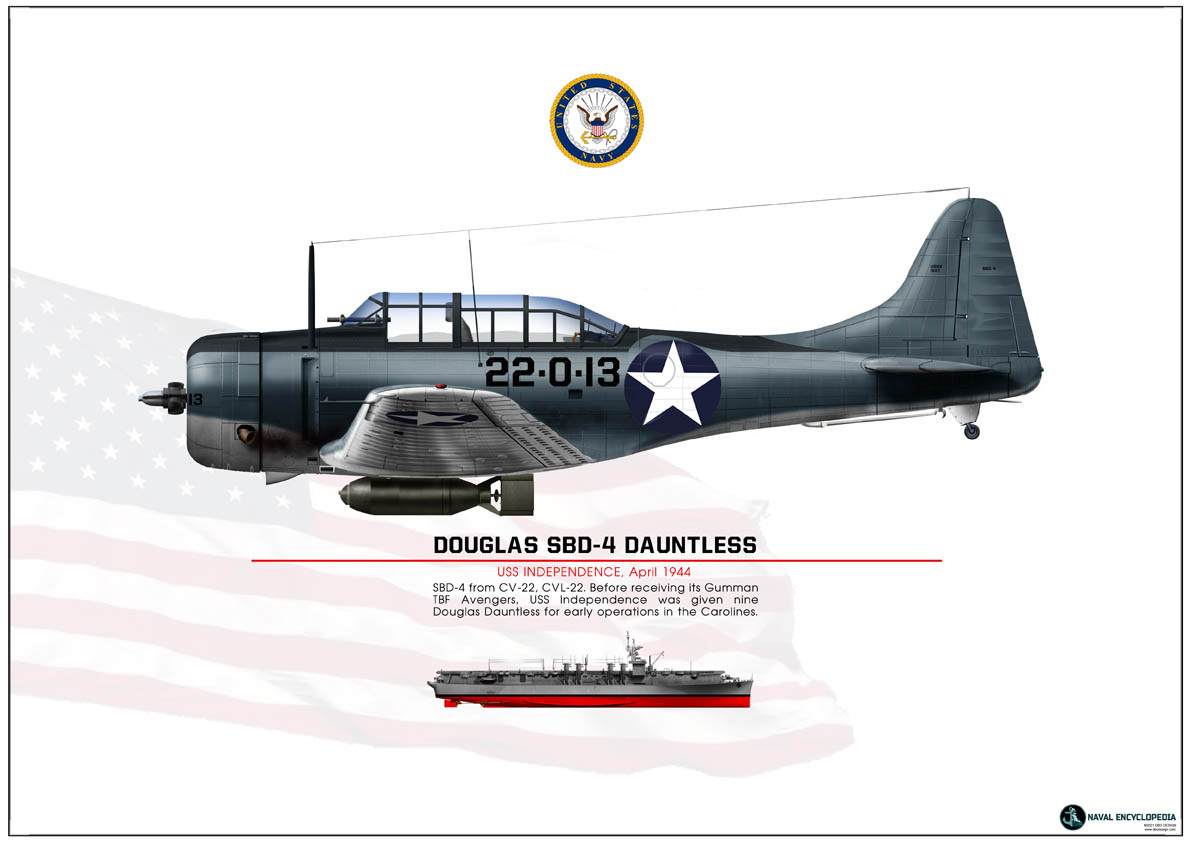
SBD-4 CV22